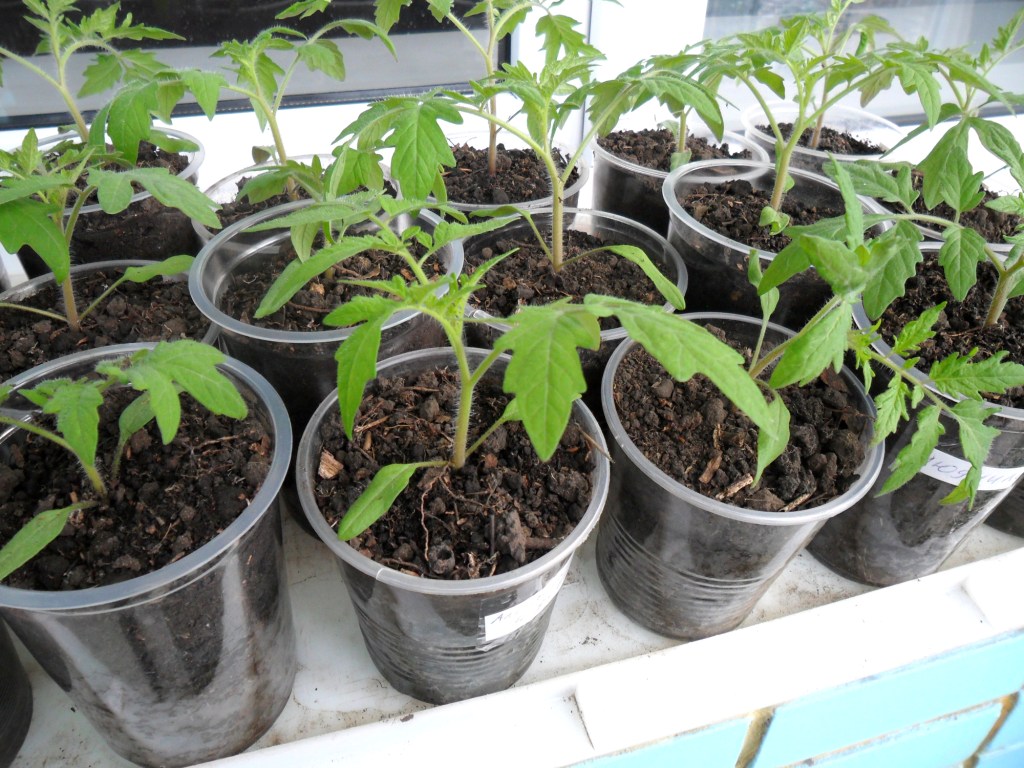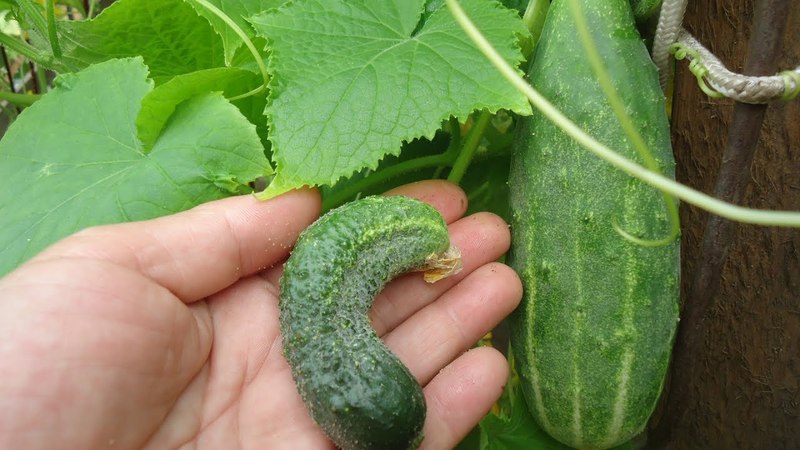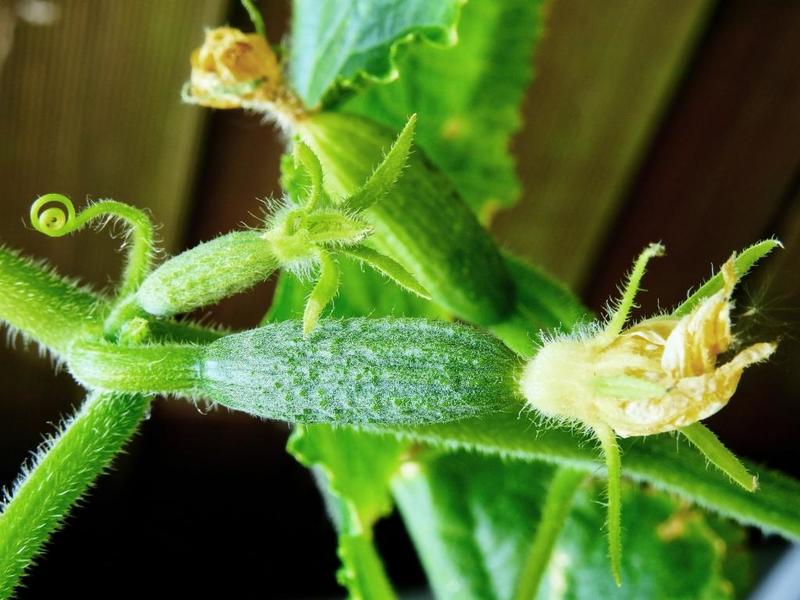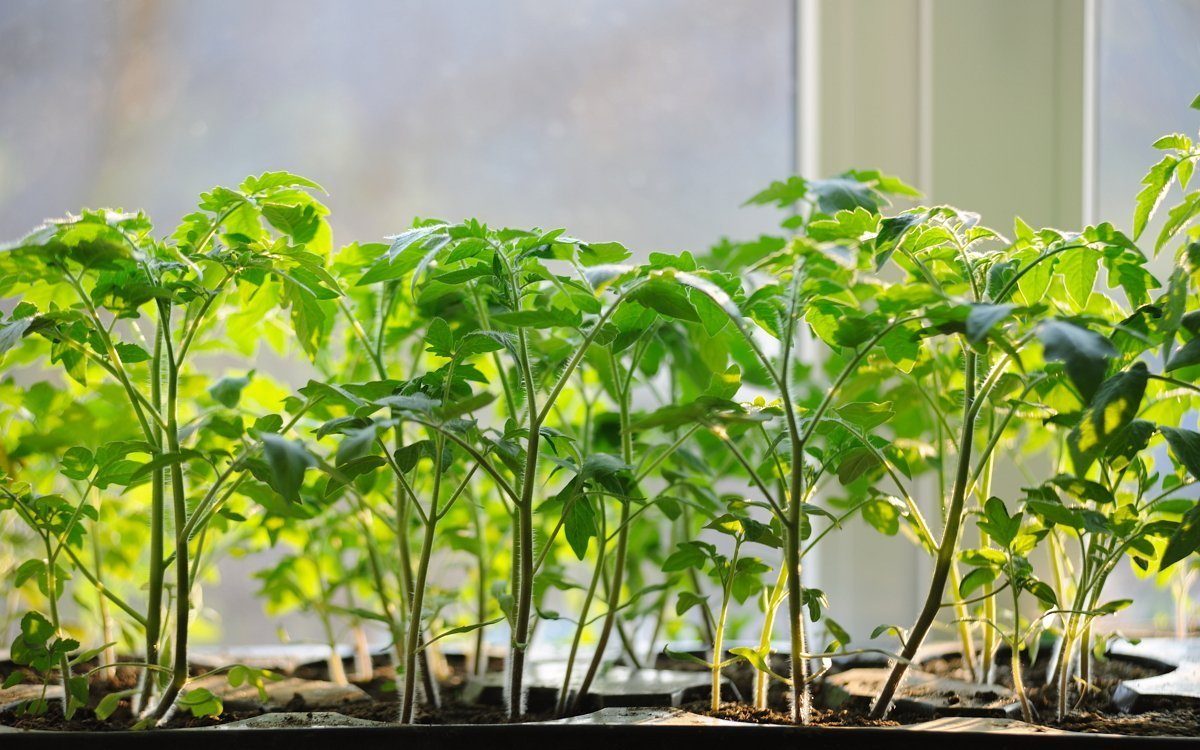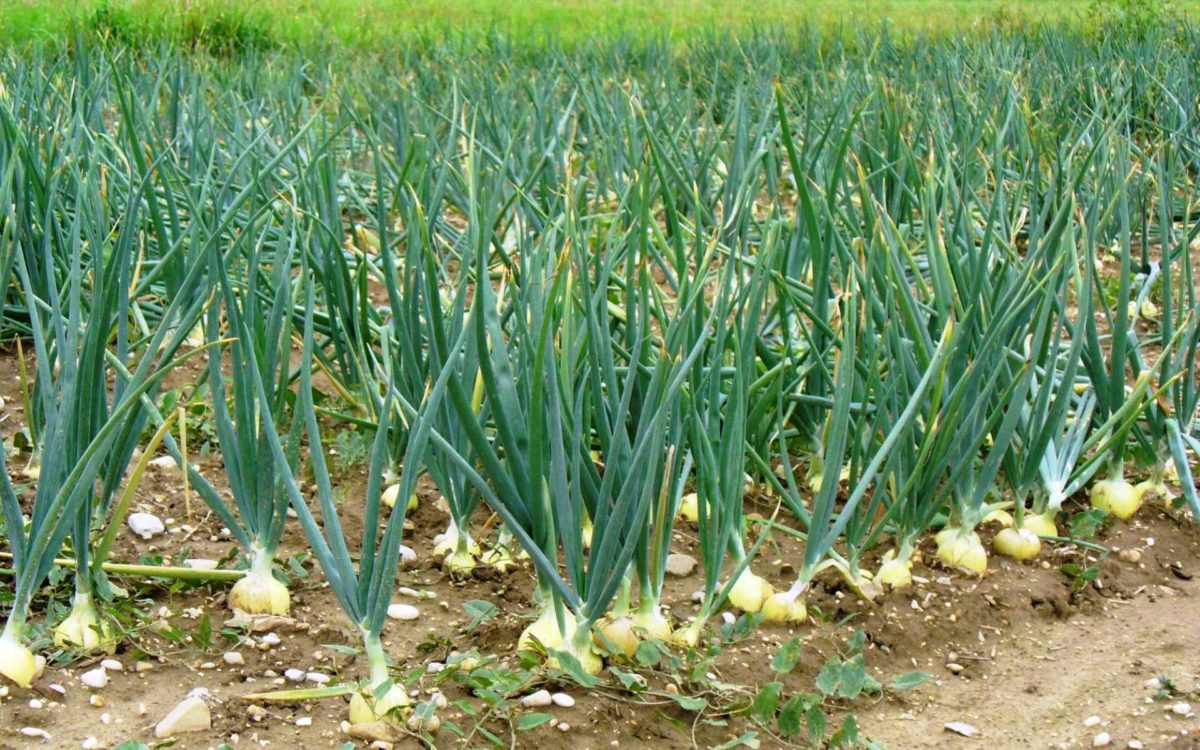Vegetables
The success of growing tomatoes depends on the quality of the planting material. It is at the stage of preparing seeds for planting that the foundations of the future harvest are laid. Experienced gardeners begin sowing tomatoes for seedlings from the first days of March, having necessarily carried out preparatory work: culling seeds, disinfecting them, soaking them in nutrient solutions, hardening. With the help of such procedures, it is possible to accelerate seed germination, increase their resistance to pathogenic bacteria, and activate all subsequent biological processes of plants during the growing season.
Often, summer residents are faced with a situation where cucumbers grow in an irregular shape: arched, hooked, swollen. It turns out that in order to collect even fruits, it is not enough to plant seedlings correctly. Correctly created conditions for the plant and appropriate care help to eliminate such a phenomenon. And for this you need to know what the reasons may be for why cucumbers grow in a crochet or other irregular shape.
At the height of the summer season, multiple cucumber ovaries already appear. It would seem that the time for active harvesting is about to come, but the paradox is that the cucumbers stop ripening. It is necessary to quickly find out the reason why there are a lot of ovaries, and the cucumbers do not grow, and take emergency measures until the rudiments begin to turn yellow and fall off.
Many summer residents grow tomato seedlings themselves, trying to create comfortable conditions for it and provide additional nutrition. Indeed, their further development and fruiting depends on the nutrition of plants during the seedling period. However, overdoing it with fertilizers can harm them. Therefore, it is very important to apply fertilizers taking into account the state of the plants and strictly adhere to certain norms.
Onions are the most popular vegetable crop grown in home gardens. Fresh juicy green feathers are an irreplaceable ingredient in summer salads; onions are used as a flavoring addition to soups and main courses. Thanks to the presence of phytoncides and ascorbic acid, a spicy vegetable is one of the best vitamin remedies that protect us from many diseases. The success of growing this garden crop depends on care, an important component of which is feeding.
